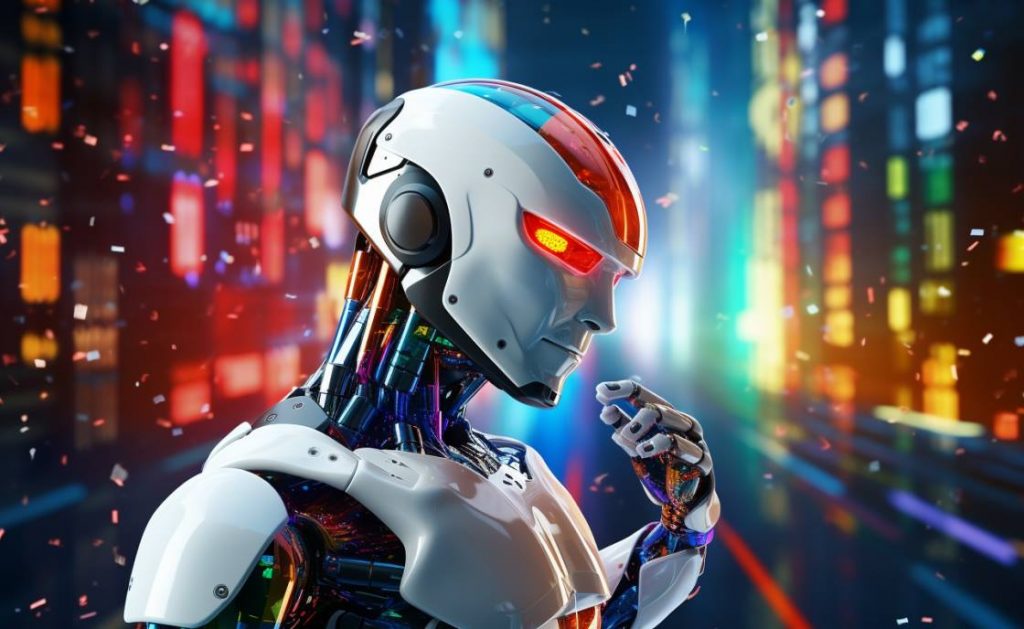
If you aim to develop technology with human-like thinking abilities, the first thing you need to do is figure out how humans think. In the field of AI, experts believed for a long time that human intelligence contains many different skills, such as eyesight and language, each under the control of its own algorithm. Therefore, the idea was that a machine imitating human intelligence would require thousands of algorithms for each skill.
Based on this belief and his early observations of AI research in the 1990s, Stanford computer scientist Andrew Ng came to the conclusion that his childhood dream of creating machines that think like humans was impossible. However, everything changed in 2006 when he came across a new theory suggesting that a single algorithm could hold the answers to human intelligence.
Inspired by this, Andrew Ng founded the "Deep Learning Project at Google" in 2011, with the aim of achieving his goal. He then teamed up with Google Engineer Jeff Dean, and they eventually renamed the project into Google Brain.
The founding members of the Google Brain team aimed to create intelligence that could learn independently from vast amounts of data. They also sought to tackle the challenges present in existing AI networks, such as language understanding, speech, and image recognition. In 2012, Google Brain achieved a significant breakthrough. By feeding millions of images from YouTube into the neural network, the researchers trained it to recognize patterns without any prior information.
After the experiment, the network demonstrated a remarkable ability to accurately identify cats. This breakthrough opened up a wide range of possibilities and revolutionized the way software engineers approached AI, making significant contributions to its development. The Brain team has achieved remarkable results in various machine-learning tasks. This laid the groundwork for AI's advancements in speech and image recognition, as well as natural language processing.
One of the Brain team's most notable contributions is the advancement of deep learning and the progression of Natural Language Processing (NLP). NLP involves teaching computers human languages and enabling them to interact. With continued exposure, this process leads to improved outcomes. For example, Google Assistant utilizes NLP to comprehend user queries and provide appropriate responses.
Google Brain and DeepMind are two notable entities in the field of artificial intelligence, but they focus on different objectives. Google Brain, an internal research team at Google, aims to advance AI technologies across various domains. On the other hand, DeepMind operates independently and places a strong emphasis on fundamental AI research and its practical applications.
Although both organizations contribute to the broader landscape of AI research and development, they have distinct approaches and areas of expertise. Google Brain often collaborates with Google's products and services. Meanwhile, DeepMind's research is more academically oriented and has resulted in breakthroughs in game-playing AI systems and healthcare applications.
The merger of Google Brain and DeepMind in April 2023 was a highly anticipated event in the tech industry. The union of these two powerhouses in artificial intelligence (AI) research resulted in the birth of Google DeepMind. The resulting new entity aimed to redefine the landscape of AI research and development.
Google Brain is currently an active research team at Google, consistently at the forefront of AI research and continuously pushing the boundaries of what can be accomplished with machine learning and deep learning technologies. The collaboration of Google Brain and DeepMind experts, along with the backing of Google's computational resources, has significantly accelerated progress in AI technology.
In the years following the merger, Google DeepMind continued to make groundbreaking advancements in AI research. Its algorithms and models revolutionized various domains, from healthcare diagnostics to climate modeling. The company's commitment to ethical AI and responsible development also set new standards in the industry, ensuring that AI technologies were developed with the best interests of humanity in mind.
Google Brain has garnered significant attention from reputable publications like Wired Magazine, The New York Times, and Technology Review. This is not surprising considering its immense potential in advancing artificial intelligence. At its core, Google Brain addresses a fundamental question in AI: how can we bridge the gap between human intelligence and machine intelligence? The project's findings hold great promise for the future.